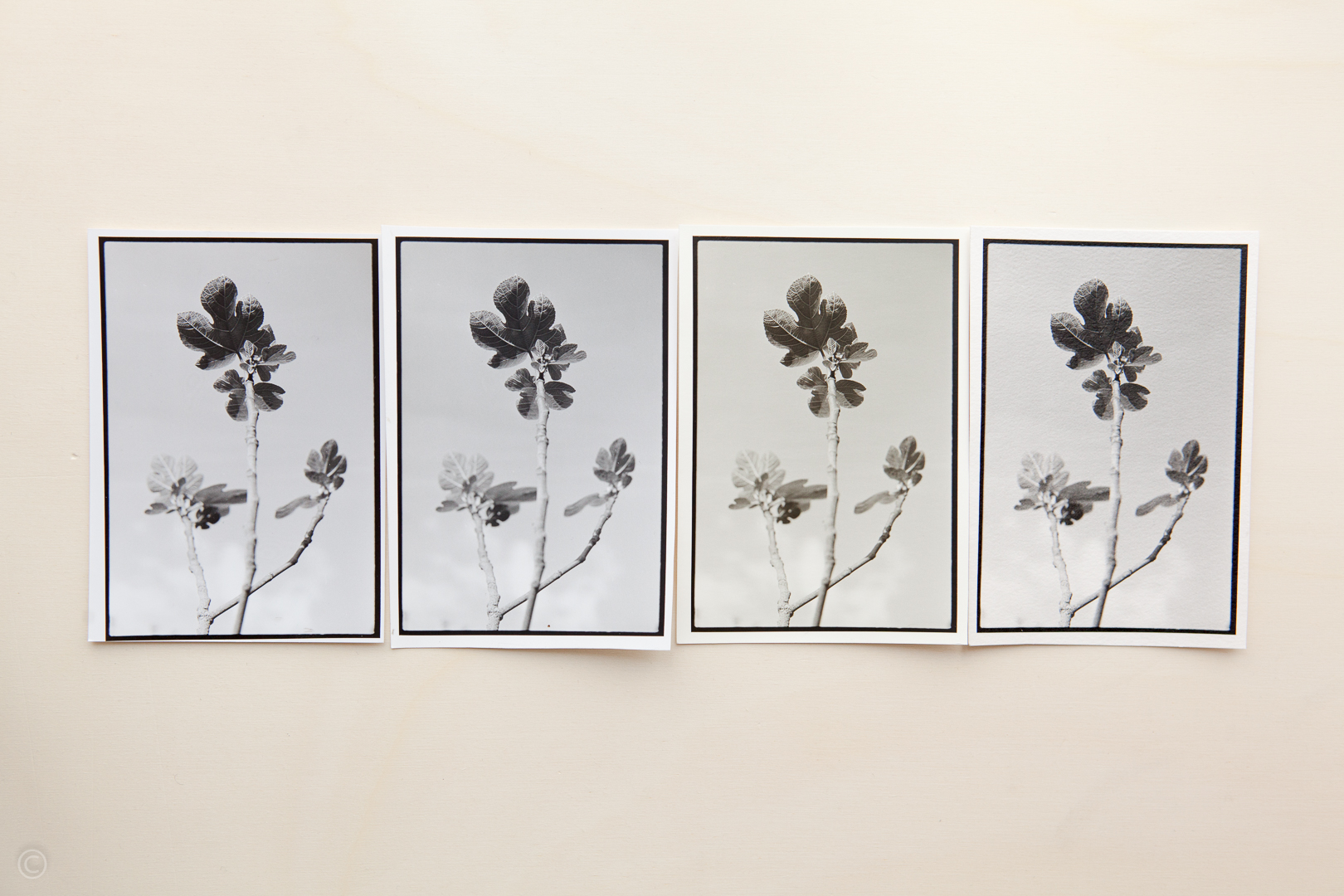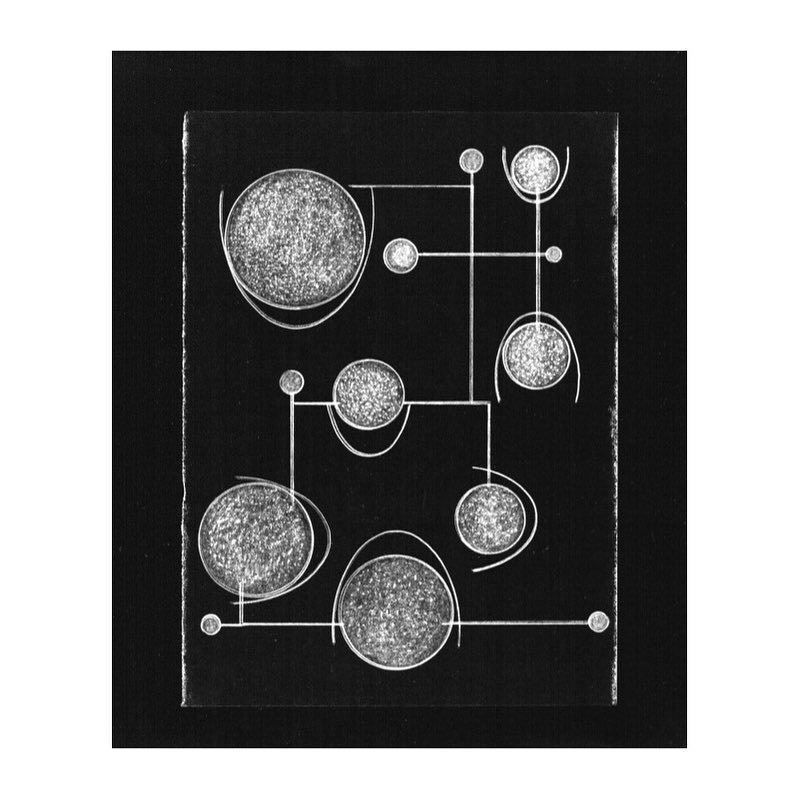


Single-lens reflex camera - The viewing system of a single-lens reflex camera is built around a mirror. This type of camera is often favored by street photographers and photojournalists because it is small, lightweight, and quiet. Rangefinder camera - A photographer using a rangefinder camera views the scene to be photographed through a peephole equipped with a simple lens system that approximates what the picture will be. Photogravures have a slightly grainy quality that pleased Alfred Stieglitz and other pictorialists, and most of the photos in Camera Work are reproduced by this process. The copper plate can be inked and printed over and over, making it a good method for reproducing images in large quantities. The exposed area of the copper plate is etched in an acid bath, and inked and printed, transferring the original image onto paper. Any material not struck by light remains soft and is washed away. The plate can be exposed by shining light through a negative as if the plate is photographic paper. A copper plate is covered with material that hardens upon exposure to light. Photogravure - French for photo engraving, this is an etching method used to reproduce photographs. View cameras have adjustable parts, and problems of distortion or focus can be corrected by changing the positions of the lens and the back of the camera which holds the film. The image on the glass viewing screen is not very bright, and to see it clearly photographers put a black focusing cloth over the back of the camera, covering their heads. It is called a view camera because of its ground-glass viewing screen, which shows the photographer exactly what the film will record. Large-format view camera - A large camera typically able to accommodate 4 x 5, 5 x 7 and 8 x 10-inch sheet film. Carl Pope hand-colored his photographs with oil paint and brushes. Artists have used a variety of media and techniques to hand-color photographs, including watercolor and other paints and dyes applied with brushes, cotton swabs and airbrushes. Hand-colored gelatin silver print - Color is added by hand to the surface of a black-and-white photograph. The paper is placed in a chemical developing solution that allows the transformed silver particles to be seen by the human eye as black, white, and all the gray tones in between. Light shone through a negative strikes the paper, activating the silver particles. Paper is coated with gelatin that holds light-sensitive silver halide particles. Gelatin silver print - A fancy name for the common black-and-white photograph, this process has remained largely unchanged since it was introduced in the 1880s. They are also chemically stable and are appreciated for their durability. These prints typically contain more contrast than those produced by other methods of color printing, making them more dramatic. A common brand name for this type of color print is Cibachrome. Then the silver is bleached out, leaving only the color images. When the paper is exposed to light shown through a color negative, three positive images of dye and silver are produced, one on top of the other. Each layer contains light-sensitive silver halides and a colored dye. The colors in these prints look very natural, accounting for their popularity.ĭye bleach color print - There are three layers of gelatin on paper used to produce a dye bleach color print. Its a complicated process the name refers to colored dyes coupled with light-sensitive silver compounds.

A common brand name for a color coupler print is Kodak C print. Color coupler print - This process is the same one that creates your prints when you leave your roll of color film at the drugstore.


 0 kommentar(er)
0 kommentar(er)
